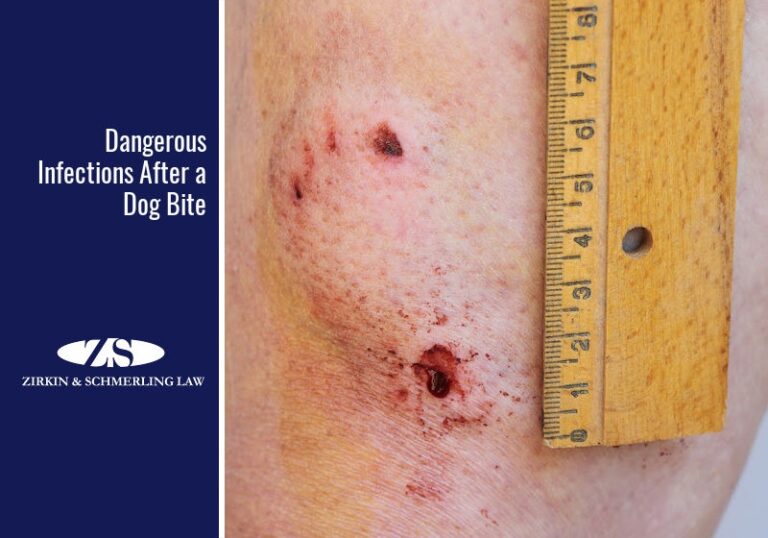If your dog has rabies, it may show symptoms such as aggression, excessive salivation, and difficulty swallowing. Early signs can also include behavior changes and sensitivity to touch or light.
Rabies is a serious viral disease that can be fatal to both animals and humans. It is important to seek immediate veterinary care if you suspect your dog may have rabies. Early detection and treatment are crucial in preventing the spread of the disease.
Understanding the symptoms and taking prompt action can help protect not only your pet but also the community from the threat of rabies. We will explore the signs of rabies in dogs and what steps to take if you suspect your pet may be infected. Let’s delve into everything you need to know about identifying rabies in dogs and how to respond to this potentially life-threatening situation.
Recognizing Initial Symptoms
If you suspect your dog may have rabies, watch for initial symptoms such as behavioral changes, excessive drooling, and aggression. Seek immediate veterinary assistance to rule out rabies and protect the health of your pet and family. Early recognition of symptoms can prevent the spread of the disease.
Identifying Progressed Symptoms
One of the progressed symptoms of rabies in dogs is difficulty swallowing. This can be observed as the dog may appear to be drooling excessively and struggling to swallow food or water.
Rabies can lead to paralysis in dogs, particularly affecting the hind legs. You may notice weakness, inability to stand, or dragging of the hind limbs.
Seizures can also occur in dogs with advanced rabies. These may manifest as uncontrolled shaking, loss of consciousness, or abnormal movements.
Confirming Diagnosis
When it comes to confirming a diagnosis of rabies in dogs, a veterinary examination is crucial. A veterinarian will assess the dog’s symptoms, behavior, and medical history to determine the likelihood of rabies. Laboratory tests, including a direct fluorescent antibody test or viral isolation, may be performed to confirm the presence of the virus. Observing unusual behavior, such as aggression, excessive salivation, or paralysis, can also raise suspicion of rabies. If you suspect your dog may have rabies, it’s important to seek immediate veterinary care for an accurate diagnosis.

Credit: www.petcarerx.com
Frequently Asked Questions Of How Do I Know If My Dog Has Rabies
What Are The Symptoms Of Rabies In Dogs?
Rabies symptoms in dogs include aggression, excessive drooling, difficulty swallowing, and paralysis. If you notice any behavioral changes or unusual symptoms in your dog, seek veterinary care immediately.
How Is Rabies Transmitted To Dogs?
Rabies is typically transmitted to dogs through the bite of an infected animal, such as a raccoon, bat, or another infected dog. It’s important to vaccinate your dog against rabies and avoid contact with wild animals.
Can My Dog Be Vaccinated Against Rabies?
Yes, it is crucial to have your dog vaccinated against rabies. A licensed veterinarian can administer the rabies vaccine, providing protection for your dog and preventing the spread of this deadly virus. Stay up to date with your dog’s rabies vaccinations as recommended by your veterinarian.
Conclusion
Understanding the signs of rabies in dogs is crucial for their safety and the safety of others. By noticing changes in behavior, watching for aggressive tendencies, and seeking prompt veterinary care, you can protect your pet and prevent the spread of this deadly disease.
Stay informed and keep your furry friend healthy.



